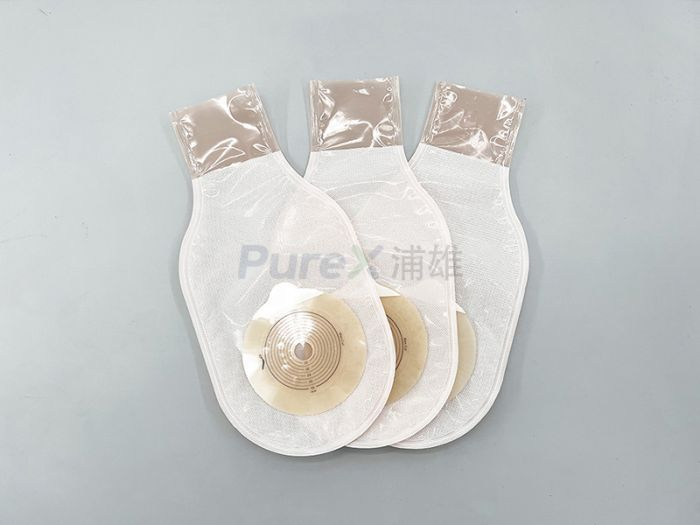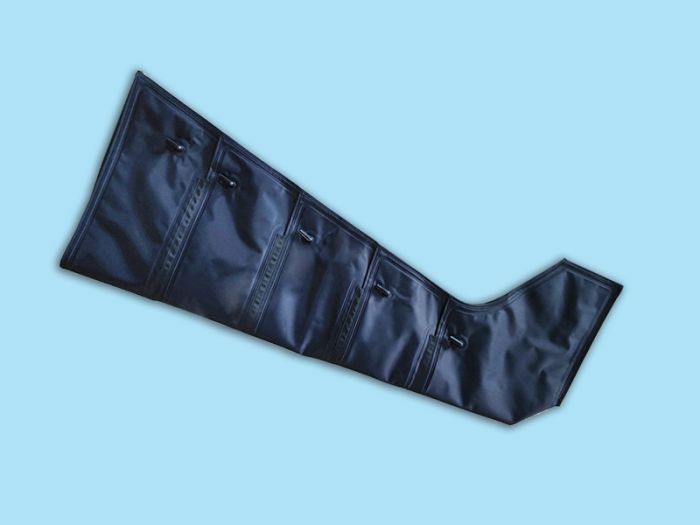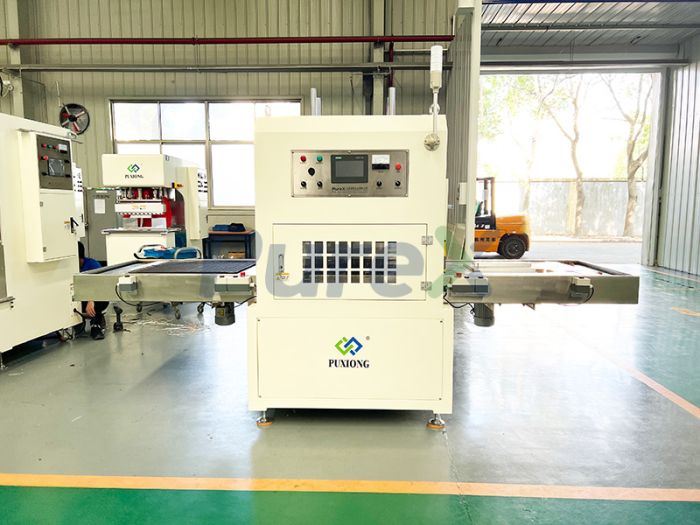Medical sponge dressing
Medical sponge dressing is a kind of dressing widely used in the medical field. It is mainly made of foamed polymer materials, such as polyvinyl alcohol (PVA), polyurethane, etc. These materials have good liquid absorption performance, air permeability and plasticity, making them an ideal choice for wound care and surgical procedures. The following is a detailed introduction to medical sponge dressings:
Ⅰ. Classification and characteristics
1.Sponge dressing: This type of dressing is sponge-shaped, has good liquid absorption and air permeability, and can be used to moisten the wound and promote healing. Sponge dressings in medical recombinant human collagen functional dressings belong to this category.
2.PVA series medical sponges: It is the core material in negative pressure closed drainage treatment technology. It can carry the connection between the wound and the negative pressure source, so that the negative pressure is evenly distributed on the entire wound, continuously absorb secretions and introduce them into the receiving bottle, reduce the number of dressing changes, and reduce the chance of infection.
Ⅱ. Composition and structure
Medical sponge dressings are mainly composed of a sponge body and possible accessories (such as silicone tubes, traction lines, etc.). Among them, the sponge body is foamed from polymer materials and has a porous structure that can quickly absorb and store wound exudate. Accessories are used to assist in the fixation and drainage of dressings.
Ⅲ. Application fields
Medical sponge dressings are widely used in ophthalmology, orthopedics, burns, general surgery, thoracic surgery, plastic surgery, obstetrics and gynecology, stomatology, otolaryngology, anorectal surgery, neurosurgery and microsurgery. It can be used for absorption of exudate, organ support, tissue protection, postoperative hemostasis, drainage, cleaning of wounds and surgical fields during surgery.
Ⅳ. Usage and precautions
1.Usage:
Open the inner packaging bag according to the aseptic operation procedures.
Products supplied in the state of use can be used directly; products supplied in dry state and used in wet state need to be soaked in saline and squeezed out excess water before use.
Cut the sponge according to the size of the wound, apply or fill it on the wound, and seal the sponge and wound with surgical film.
Connect the drainage tube to the negative pressure source and adjust the appropriate vacuum.
2.Precautions:
Avoid contact between the product and organic solvents.
Do not use if the inner packaging bag is damaged or the product exceeds the sterilization validity period.
The inner package should be used immediately after opening to prevent contamination.
Do not use on wounds with active bleeding.
The negative pressure drainage sponge should be in full contact with the wound, and the drainage tube should be lower than the wound to ensure normal outflow of the absorbed fluid.
V. Removal and care
After the operation, the doctor will decide whether to remove the sponge based on the patient's condition and the surgical site. Generally speaking, the surgical sponge can be removed or absorbed 3 to 5 days after the operation when the wound is no longer bleeding. When removing it, the blood and blood clots inside are usually gently scraped with a surgical blade or punctured with an empty needle. To avoid infection, iodine can be used for local disinfection after removal, and anti-inflammatory drugs can be taken under the guidance of a doctor. At the same time, the wound should be treated with cold and hot compresses, and oral drugs for promoting blood circulation, removing blood stasis, reducing swelling and relieving pain should be taken.
Medical sponge dressings have been widely used in the medical field for their excellent liquid absorption performance, breathability and plasticity. When using, aseptic operating procedures and precautions should be strictly followed to ensure the safety and efficacy of patients.



